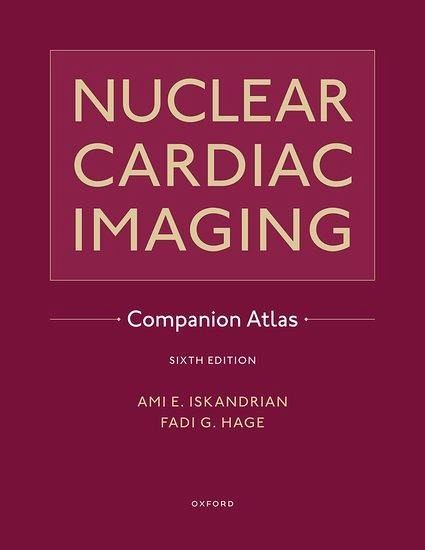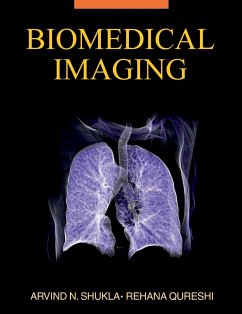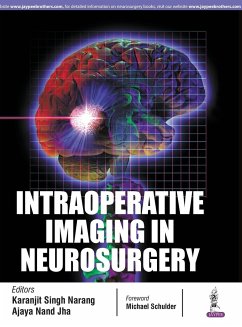
Nuclear Cardiac Imaging Companion Atlas
Versandkostenfrei!
Versandfertig in über 4 Wochen
153,99 €
inkl. MwSt.

PAYBACK Punkte
77 °P sammeln!
A companion to the 6th edition Nuclear Cardiac Imaging, the atlas provides an expansive set of case examples and information not included in the textbook. An abundance of multiple-choice exam questions throughtout serves as a challenging self-assessment tool for readers testing their knowledge.












